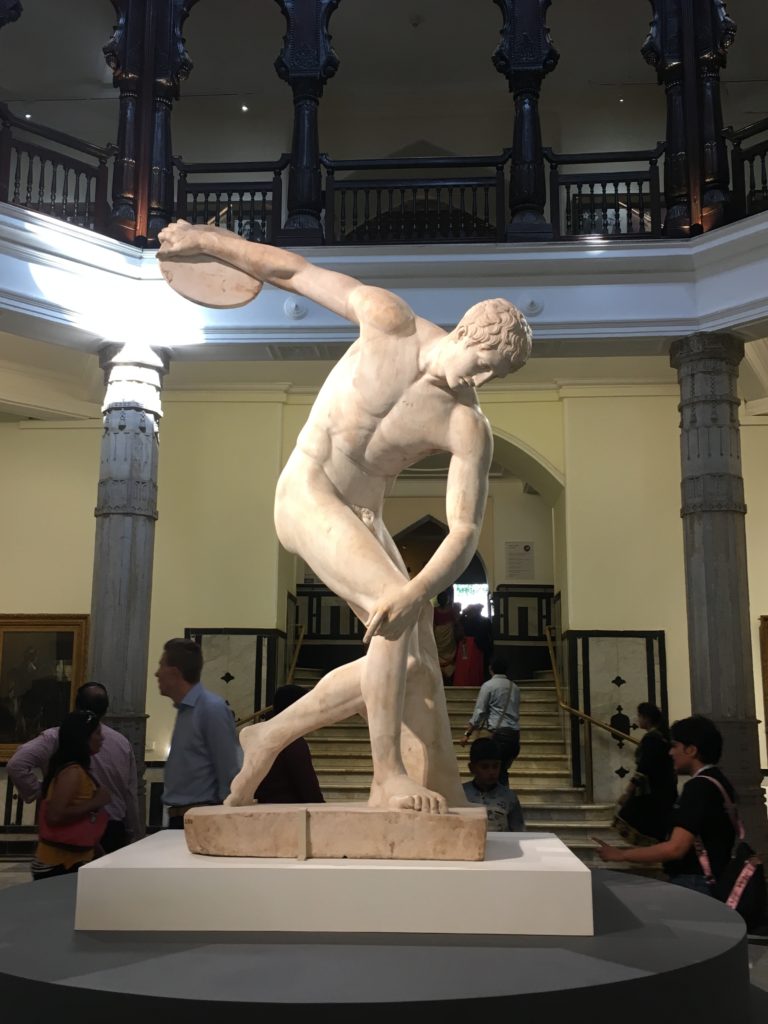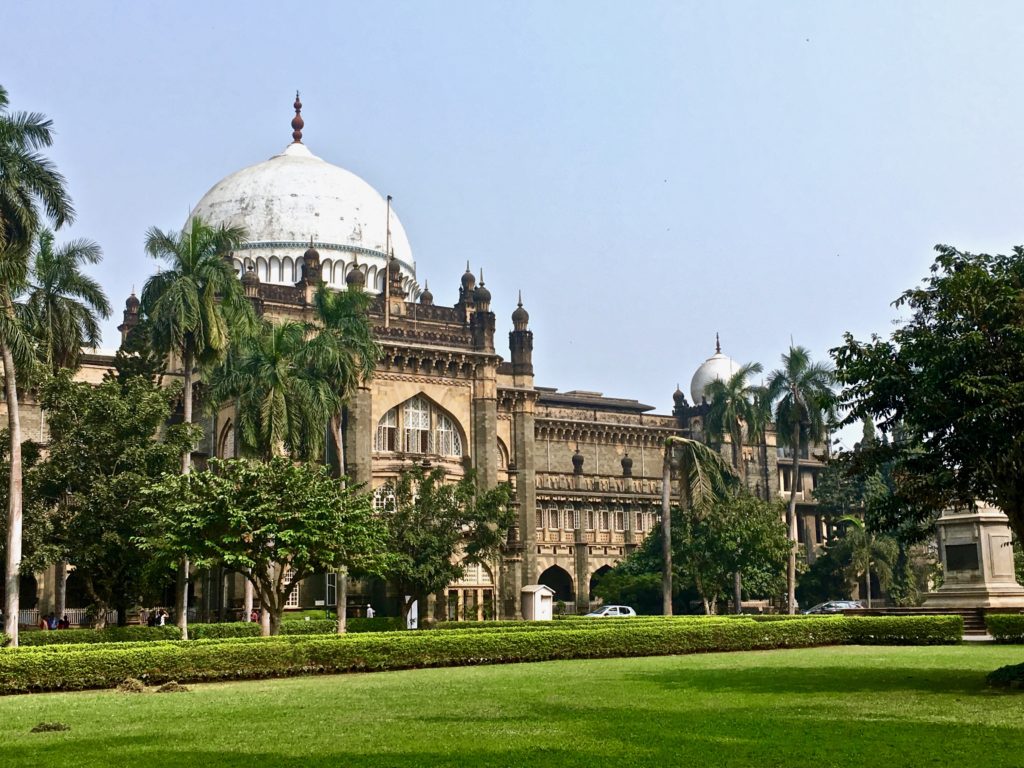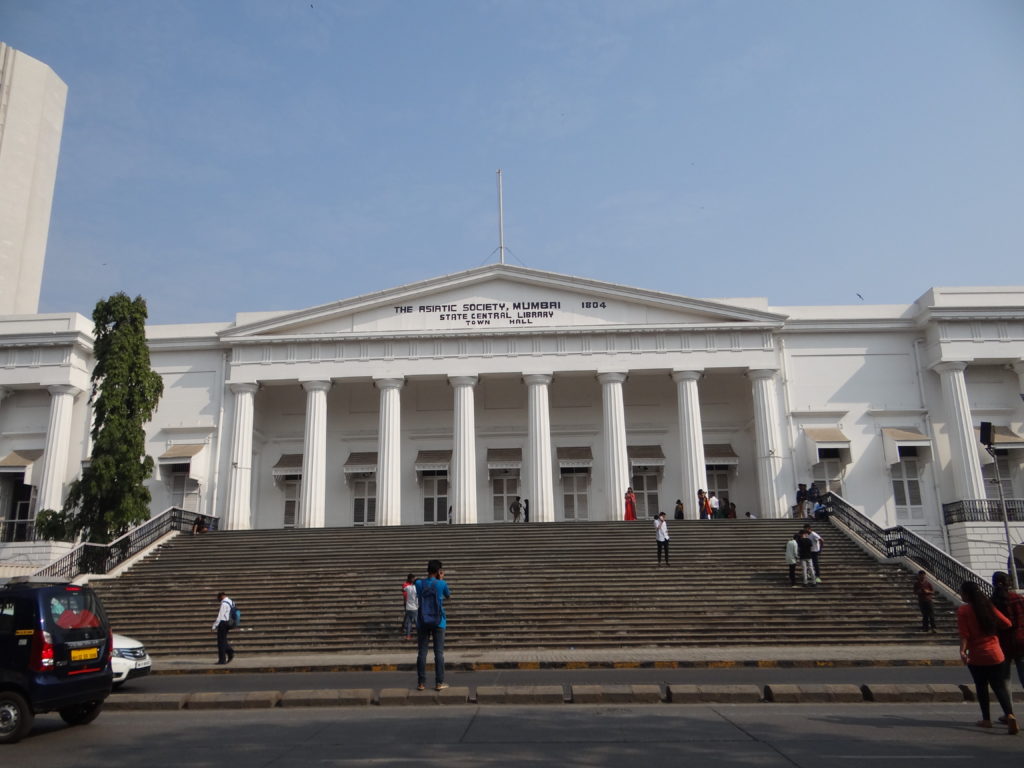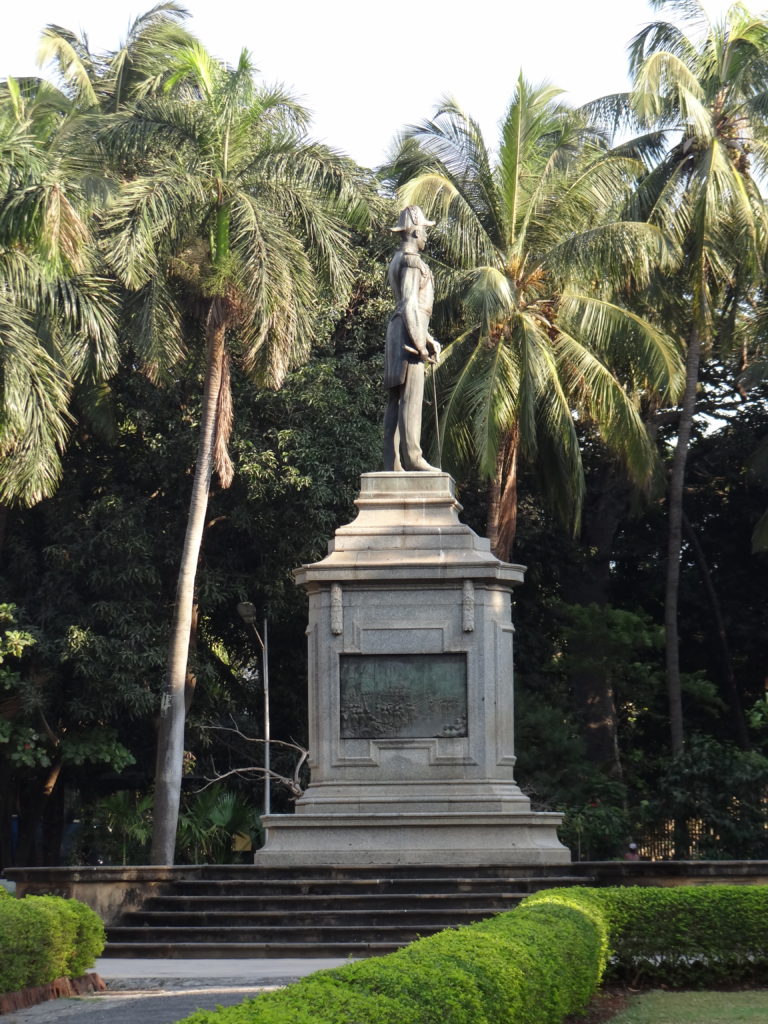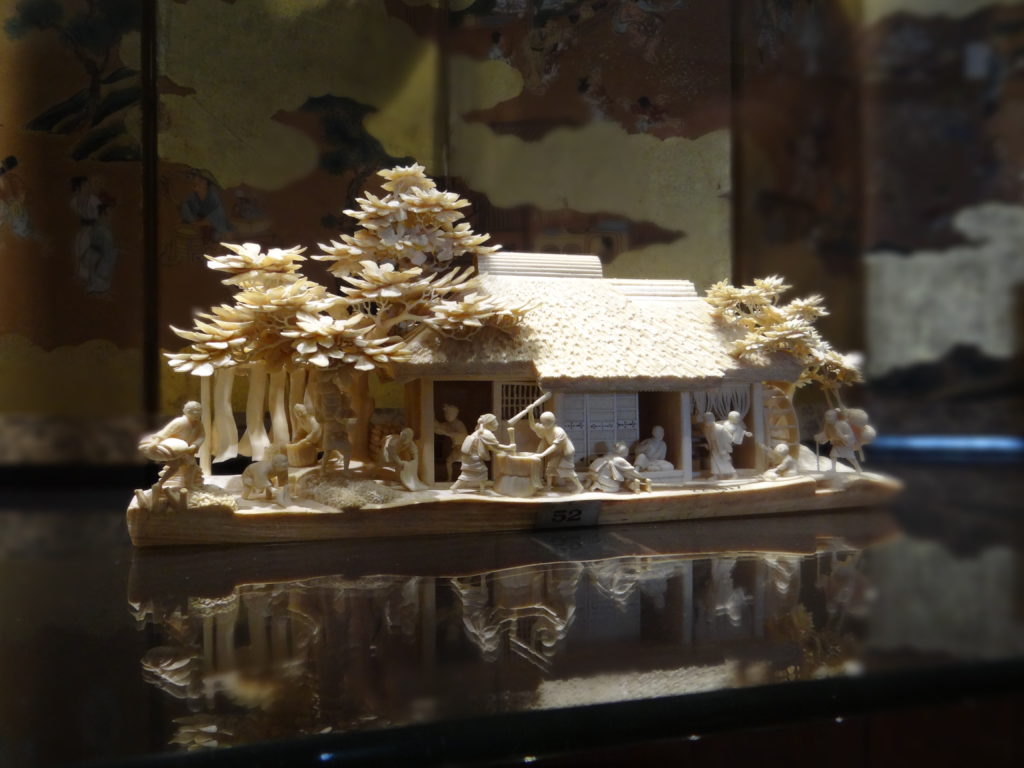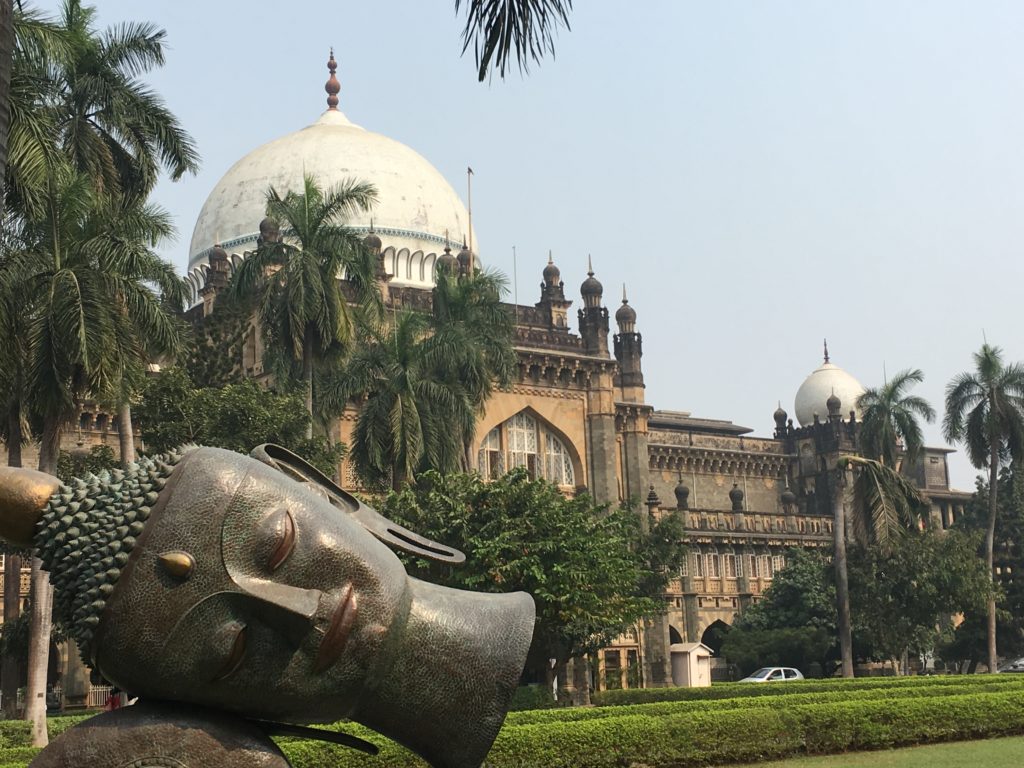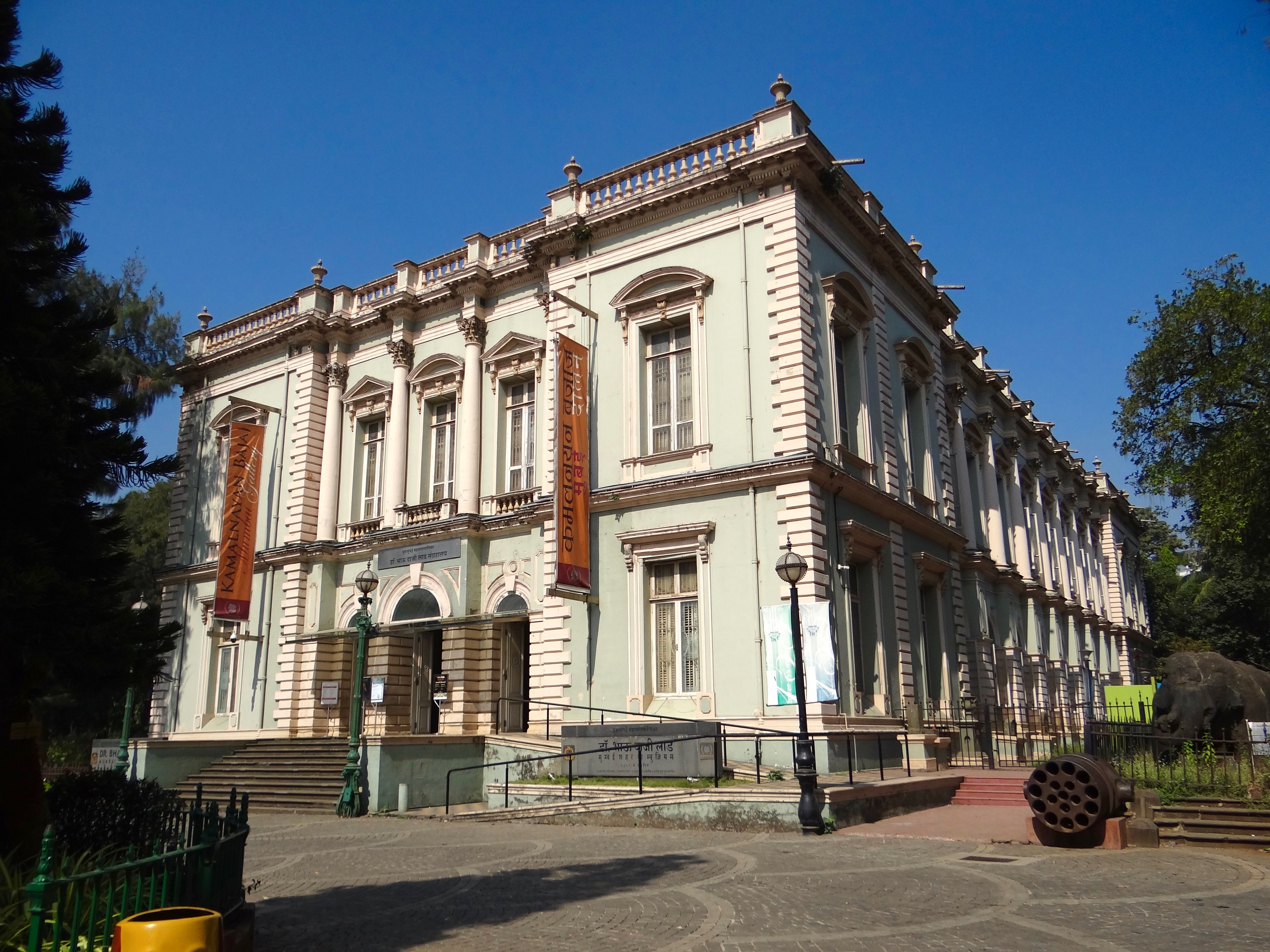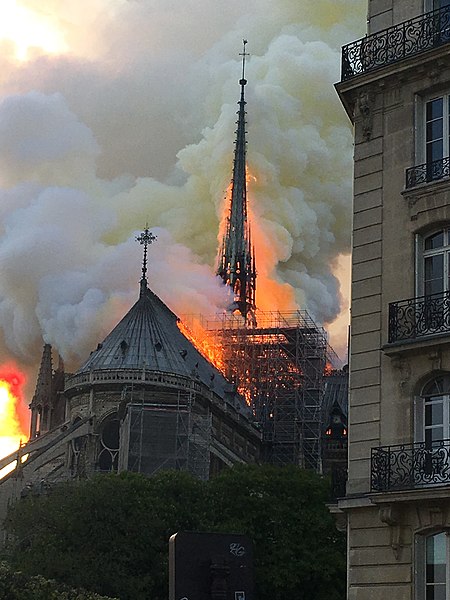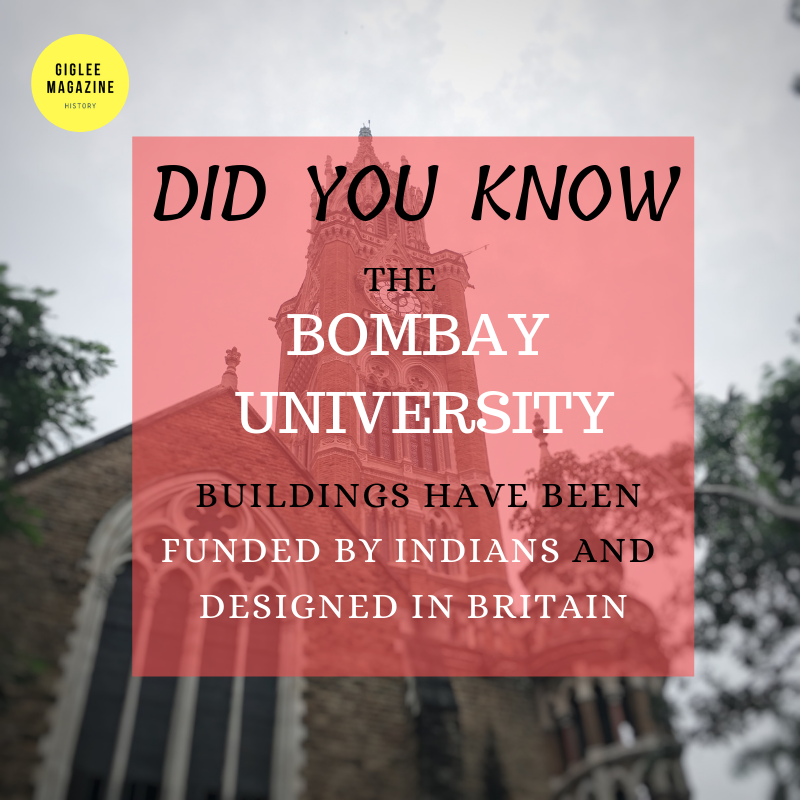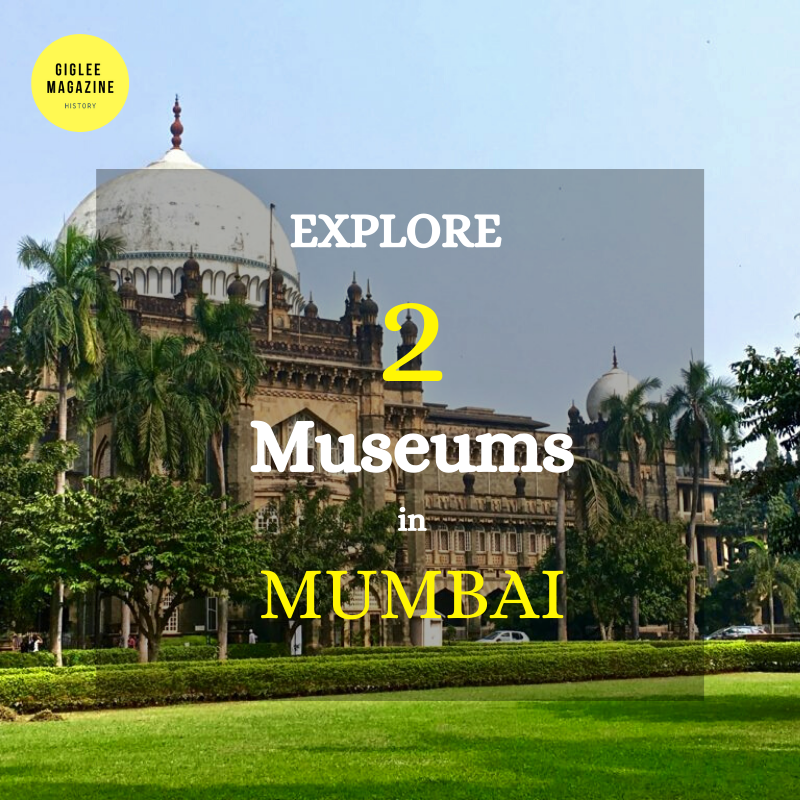
History of CSMVS Museum
History of the CSMVS Museum in Mumbai
The CSMVS Museum situated amidst the bustling city of Bombay will make you feel like you’re miles away from the rush. Here’s a bit about the history of this Museum…….
Watch This
Listen to This
There is a sense of calm in the breeze that drifts from the green and into the 100 year old walls of this Indo-Saracenic structure which sits on the former Crescent area. Just this breeze, the green garden and the regal statute of the former Prince of Wales has a certain charm to it. And there is only one place in the busy city of Mumbai where you could be thus charmed, the Chhatrapati Shivaji Maharaj Vastu Sanghralay or in short CSMVS Museum.
My Favourite Museum
I have spent some exciting hours here gawking at old artefacts. There’s always something new to learn.
It is this ability of museums to bring the local stories and community alive that makes them special institutions. Museums have a very important job of keeping the uninterested enthralled and the interested gawking! This museum, I am glad you tell you, has managed to do both.
There were two such instances when history became tangible for me due to their exhibits.
A couple of years ago, we were taken on a trip to see an Egyptian Mummy on loan from another museum abroad, I think it was the British Museum. Just seeing the different layers covering the ancient Egyptian, the design on the coffin and the other tools found at the burial site, made the concept of a Mummy so real and interesting.
The second exhibition that captured my attention was the India and the World exhibition arranged by the museum last year. This exhibition had somewhere around 200 artefacts brought in from the British Museum and other museums in India. It told the story of India with respect to the rest of the world. This theme itself was fascinating. It was how India interacted with the globe throughout its vast history. This story began 1.7 million years ago and into the present, beckoning to the future.
You must have figured it out, the CSMVS Museum is my happy place. It is a place I find myself being drawn to especially when I need to rejuvenate. We all have such a place in our hearts, that manages to make us feel one again.
For a history enthusiast, museums are one such storehouse of interesting tangible history. The past comes alive here, albeit not like in the fictional movie, Night in the Museum!
The History of CSMVS
You’ll be surprised to know this Museum was built in the first decade of the 20th century. If you don’t think this is unique, here’s why you should.
The museum building looks distinctly Indian complete with a dome. The second reason being, India was under the British rule while they built the structure for this museum. So why the Indian style instead of an European look?
The answer might lie in the knowledge that the city of Bombay worked on a little different level with the British. This city had been nothing but a group of disjoint islands with a single fort and a community of the local fisherfolk when the British took over from the Portuguese.
In the 20th century, these group of islands looked nothing like what they had been in the 18th century. Bombay was now one of the leading cities in the country with wealthy prominent individuals. A few of these rich industrialists had provided finance to the government’s plan of building infrastructure.
So when the Prince of Wales (later King George V) added Bombay to his itinerary during his first visit to India in 1905, these rich prominent individuals decided to impress the future King.
Sir Pherozeshah Mehta, Justice Chandavarkar, Sassoon J. David and other important people met at the Town Hall, the current Asiatic Library on 14th of August, 1905. Their aim was to build a memorial to commemorate the visit of the Prince of Wales to Bombay. Building a museum, was a superb idea.
After all the city didn’t have many museums, certainly not on the scale they planned to build this one.
When the Prince of Wales finally set foot on the industrious soil of Bombay, he was invited to lay the foundation stone for the museum.
Historic Foundations
On the 11th of November, 1905 the Prince of Wales laid the premier stone and founded the Prince of Wales Museum of Western India.
This museum would be built on a patch of land called the Crescent. This plot had the old Fort area on one side and the Colaba area on the other. The name Crescent comes from the semi-circular shape of this land.
It was a spectacular spot, not exactly in the busy heart of the city and not too far from it. The building had to be a jewel that could capture eyes and invite people in.
In 1909, a competition to design this building was declared.
They selected the design made by architect George Wittet. It was an Indo-Saracenic structure that would come to be Wittet’s signature style.
In his own words,
-George Wittet (quote on the CSMVS Museum website)
‘The Museum of Western India composition.
The real reason why it is so, is because it was instructed that the design should be Indian in character…’
And Wittet managed to do just that. The Indo-Saracenic style used mainly Indian elements like the Jali work on the windows and the Dome representing the Taj Mahal and Gol Gumbaz in Bijapur.
At first glance, an untrained eye could, with conviction say this building was Indian. It is when you look a little closer that you’ll find a subtle tinge of European architecture. Sort of like the city of Bombay.
They completed the construction by 1914, just when the World War struck. The building designed to be a museum debuted as a military hospital and then as a Children’s Welfare centre.
Ahoy, a new Museum!
It was in 1922 on the 10th of January that the Prince of Wales Museum of Western India officially opened its doors as a museum. The museum has not looked back since then, well apart from the past it houses!
On the first floor is a stunning wooden arched pavilion that forms a balustrade looking into the ground floor. This rich wooden pavilion came from a Manor house (Wada) in Nashik, a couple of hours drive away from Bombay.
The garden too is one of a kind. It is a sort of a barrier that blocks the harsh noises of the city beyond and welcomes in the calm.
This garden retains the original design and look.
The only difference seems to be the statue of a young George V as the Prince of Wales. He seems to be looking the other way, almost diagonal to where visitors enter the museum premises.
It was a surprise to find out, the museum previously welcomed guests from the other entrance, rather than the current one. The statue thus faces the other gate, now closed for the public!
From the past to the Present
Today, the CSMVS Museum building is a Grade I Heritage Building. The Indian Heritage Society has awarded the museum, first place for Heritage Building Maintenance.
If you think of it, it must be no easy task to maintain a hundred year old structure, meet the new technological advancements and conserve 50,000 artefacts!
My favourite museum, I’m proud to say, has done that. They have some displays with the Brail script, and have embraced technology with audio-visual media.
Recently, the CSMVS Museum has begun a new Children’s Museum which is a museum made by a group of young children for children! That’s inventive and most importantly, an excellent way to involve children with their roots as well as museums.
If you’re ever in Mumbai, make sure you visit CSMVS Museum and do let me know how you enjoyed it. If you’ve been to the museum or like me been there too many times, please share what you’re favourite section, or artefact was in the comments below.
Here are a few pointers to help you enjoy the museum a bit more-
- If you are a student, carry your student ID, college students included. You’ll get a good discount on your entry ticket.
- You can take the photography pass. The museum doesn’t allow you to take pictures without a pass.
- On a pleasant day, sit on the benches that line the driveway. You can admire the lovely garden and the sprinklers from here. Have a look at the beautifully calm bust of Buddha. The Buddha adds to the serenity. You could also admire the canons on the closed walkway that leads you to the statue of the Prince of Wales in the centre of the Garden.
- Make sure you don’t skip any gallery, especially the Nepal and Tibet gallery. This gallery is relatively new and tells us about Buddhism and its many facets.
- And make sure you search for the plethora of Snuff bottles on the second floor. These bottles are so creative and cute!! It’s almost impossible to imagine these tiny boxes were once used to fill opium.
- Do visit the extended galleries- the Textile Gallery and the Karl Kandalwala Gallery. The Textile Gallery talks about textiles in India. The journey begins from a baby’s dress to the sarees ladies wear on their wedding day. After all, textiles are heirlooms in India.
- Lastly, do admire the hard work of the people behind the beautiful displays. There are many people involved behind a museum, like copy writers, curators, conservators, interior decorators to name just a few!
Museums are fascinating places. Which is your favourite museum? Comment below!
Can’t wait for the next article? You could perhaps enter your email in here and get a weekly update. You’d also find a Free 2019 Calendar with cool heritage monuments in your inbox!
If you liked this type of an article, you might like to catch up with:
The Bhau Daji Lad Museum in Mumbai
Inside the historic 125 year old Bombay Municipal Corporation Building
NOTE: The Bibliography for this post is missing. Please help us credit the sources that deserve it. If you believe your work, or a work you know of needs to be cited here, please write to editor@giglee.in to inform us. DISCLAIMER: The intention of this article is not to hurt anyone's sentiments. The thoughts expressed in the article are purely those stated by the author of the work. The information provided on this website may not be complete, reliable, accurate and/or updated. The details you share with the website will not be shared or sold. We are not liable if in case of theft, your data is stolen. The content on this website is provided without any warranties whether express or implied. If you have a doubt, query or complaint please write to editor@giglee.in and we shall respond as soon as possible.




